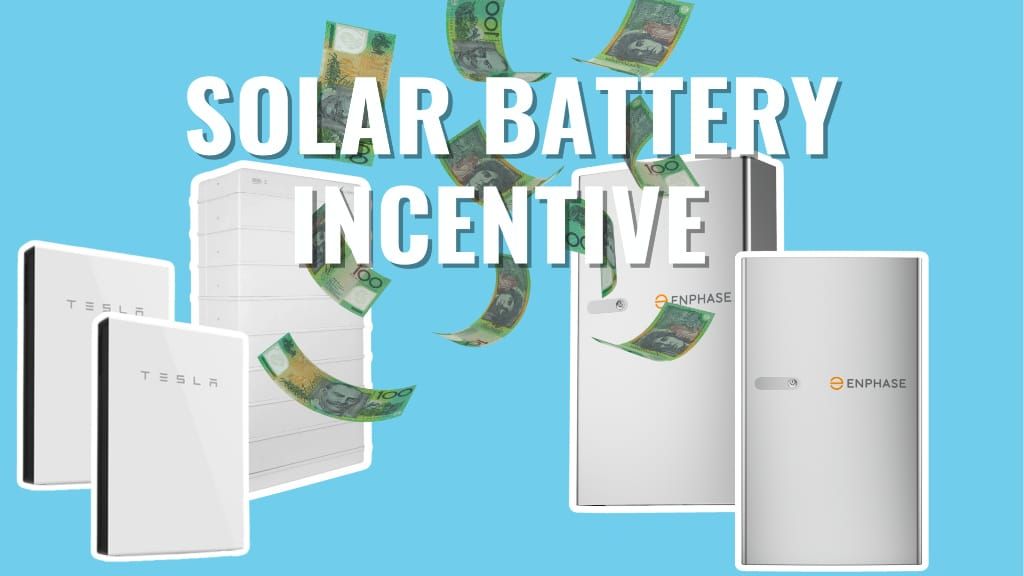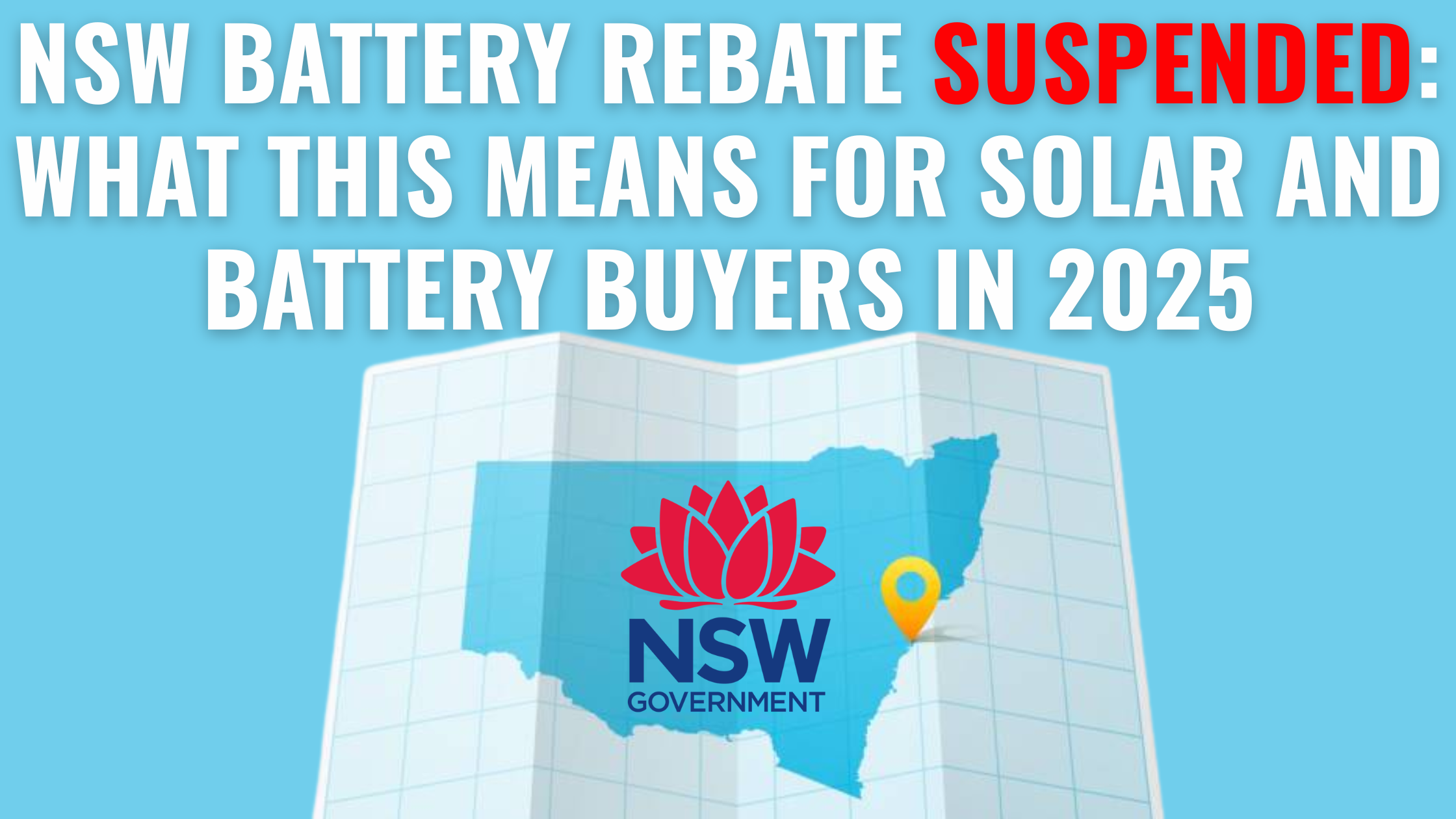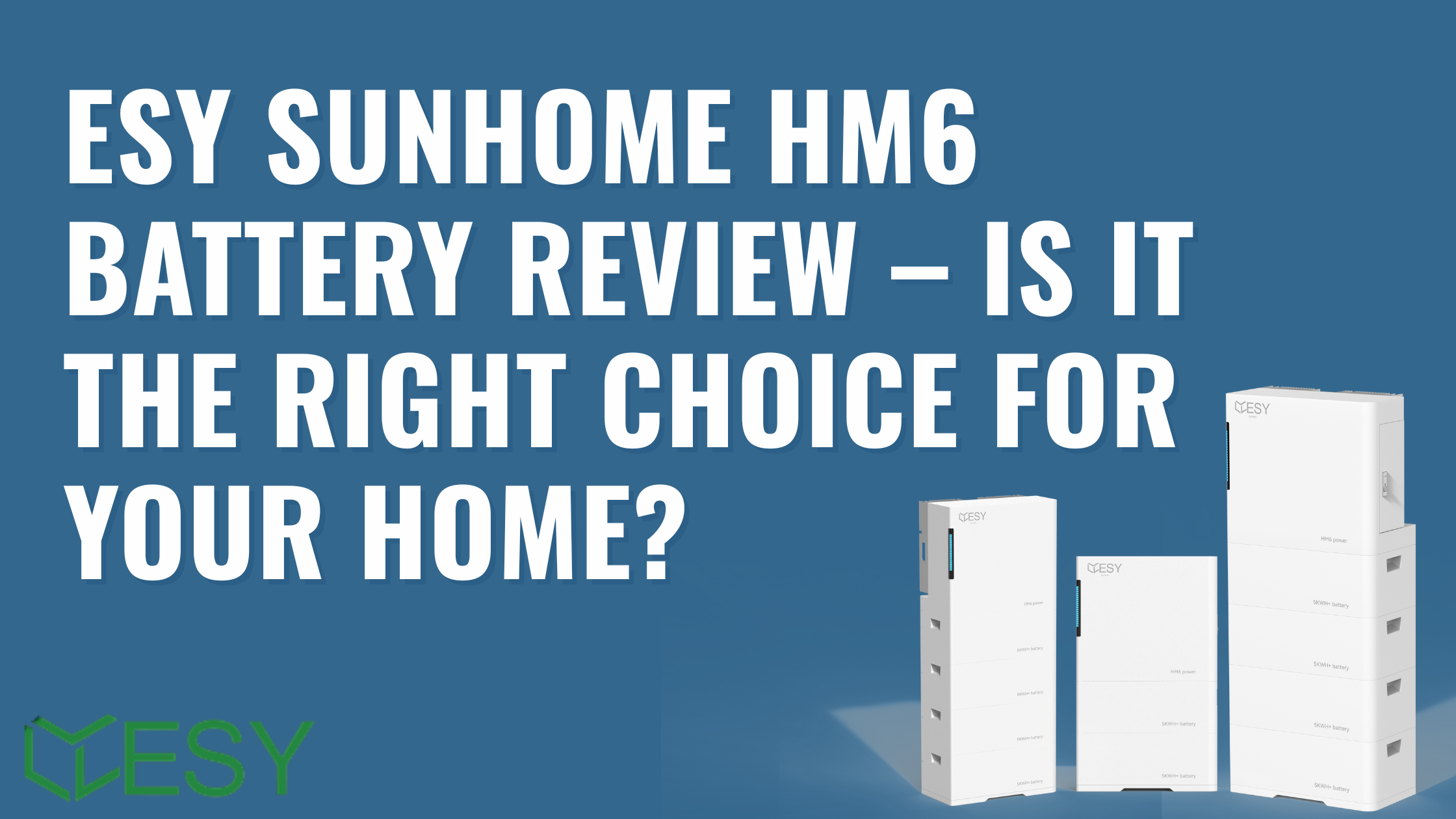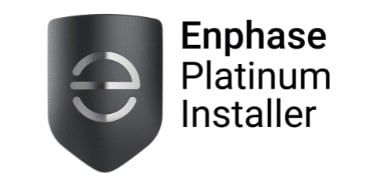
Written by Donna Wentworth
Last Updated: March 19, 2025
What Is The Solar Battery Rebate NSW 2025
Following the recent alarming news that the sun tax could take effect by July 2025, the NSW Government has decided to roll out a household solar battery rebate scheme or ‘battery incentive’. And it’s about time! These new incentives offer a fantastic opportunity to significantly cut down your energy costs and once again create distance between you and your electricity retailer.
As experts in renewable energy, we understand how overwhelming it can be to navigate the complexities of solar battery systems and government incentives. But don’t worry—this guide will break down everything you need to know in simple, clear terms.
By the end of this article, you’ll have a solid understanding of the new incentives, how much you can save, and the steps to take advantage of these benefits.
Let’s dive into how you can maximise your savings and make a smart, eco-friendly investment with the new NSW household solar battery rebate.
What is the Sun Tax?
First things first, let’s talk about the sun tax. The Sun Tax is a new rule being that affects people who own solar panels. Since 2008, solar panel owners have been paid for sending extra energy back to the grid. Now, there are talks about charging them a small fee when they export too much energy during certain hours — this is what’s being called the “Sun Tax.”
How Does It Work?
The Sun Tax will only apply in certain states: New South Wales, Victoria, Queensland, South Australia, and Tasmania — the states part of the National Electricity Market (NEM).
Each state’s electricity companies are making their own plans. Some may charge this tax, while others might not.
Key Details
- When you might pay:
Solar owners could be charged a small fee for exporting extra energy to the grid during the middle of the day, typically 10am to 3pm when lots of solar energy is being generated. - When you might get rewarded:
If you export energy after 4pm, you may receive a higher payment for helping the grid when it’s more in need.
Example for NSW (starting July 1, 2025):
- Charged 1.2 cents per kWh for exports between 10am – 3pm.
- Rewarded 2.3 cents per kWh for exports between 4pm – 9pm.
- First 6.8 kWh exported between 10am – 3pm won’t be charged (this is called the “free threshold”).
- The threshold is calculated over a month, not daily.
Impact on Bills
The extra cost is small. For an average household with a 5kW solar system, the estimated cost is about $6.60 per year (or roughly 13 cents per week).
Also, the cost will likely show as a change to your solar feed-in tariff rather than an extra line on your bill.
How Much Will The Household Solar Battery Rebate Be?
In response to the concerning news that the sun tax could be implemented by July 2025, the NSW Government has launched a new household solar battery incentive scheme. This initiative aims to make solar batteries more accessible and affordable for residents.
The incentives offer between $1,600 and $2,400 off the upfront cost of a household battery for homes with existing solar panels.
As of May 24th, 2024, the prices for solar batteries are approximately $15,800 for a Tesla Powerwall 2, $11,499 for an Enphase IQ 5P, and $9,687 for a Sungrow. The new incentive scheme offers a significant reduction on the initial cost of these solar batteries, making them more affordable for homeowners.
Additionally, there is a $250 to $400 incentive for connecting a battery to a Virtual Power Plant (VPP), which can be claimed again after three years (NSW Environment and Heritage).
This scheme is part of the Peak Demand Reduction Scheme and aims to help residents maximise the benefits of their solar systems, reduce energy bills, and enhance the reliability of the statewide electricity grid.
The incentives will be available from November 2024 and accessed through approved suppliers, who will become accredited over the coming months. This initiative follows extensive consultations with experts in household battery orchestration, highlighting the state’s commitment to supporting renewable energy adoption and reducing greenhouse gas emissions (NSW Environment and Heritage).

How Will The Solar Battery Rebate Work?
When considering the installation of a battery for your solar power system, it’s essential to understand the available incentives and how they are structured. Here’s a comprehensive guide to help you navigate the process.
Incentive Payment Structure
The incentive for installing a battery or participating in a Virtual Power Plant (VPP) is not provided as a direct rebate to customers. Instead, it usually comes in the form of an upfront discount from an approved supplier. These approved suppliers, also known as Accredited Certificate Providers (ACPs), have been accredited by the Scheme Administrator (IPART) to perform specific installations and upgrades under the Peak Demand Reduction Scheme (PDRS).
Timing of Incentives
The incentives under the PDRS will be available starting from 1 November 2024. This timeline allows the Scheme Administrator enough time to set up compliance processes, accredit suppliers, and train staff for conducting necessary audits.
What is a Virtual Power Plant (VPP)?
A Virtual Power Plant (VPP) is a network of decentralised, home-based energy storage systems—like solar batteries—that work together to create a single, large power source. By connecting your battery to a VPP, your stored energy can be shared with the electricity grid during peak demand times. This not only helps stabilise the grid but also allows you to earn additional income through incentives. Essentially, a VPP leverages collective energy storage to enhance grid reliability and reduce overall energy costs for participants.

Benefits of Participating in a VPP
Joining a VPP can provide significant financial benefits. Customers receive incentives that can reduce the payback period of their solar and battery system. This makes participation in a VPP an attractive option for those looking to maximise the return on their investment in renewable energy. For more information on what a VPP is, head to our article How Do VPP’s Work?
Eligibility Requirements for Solar Battery Rebates
To be eligible for the battery incentives under the PDRS, you must have rooftop solar installed on your property and use an approved supplier to install the battery. Ensuring these criteria are met is crucial for taking advantage of the available incentives.
Installation Costs
The cost of installing a battery system typically includes separate charges for the battery itself and the installation service. However, installers may choose to provide an all-inclusive price. It is advisable to obtain a detailed quote that clearly outlines what is included and excluded to avoid any misunderstandings. Keeping a record of all communications and agreements can help ensure transparency before any financial transactions are made.
By understanding these key points, you can make informed decisions about installing a battery and participating in a VPP, ultimately benefiting from the available incentives and optimising your renewable energy system.
Financial Ease
If you’ve been considering adding a solar battery to your existing solar system or evaluating a solar and battery package, but have been worried about the initial cost, the financial feasibility has significantly improved with the new incentives.
The new NSW household solar battery rebates present an exciting opportunity for you to significantly reduce your energy costs and unsubscribe from the Sun Tax scheme. By understanding these incentives, the financial benefits they offer, and how to apply for them, you can make a smart investment in renewable energy.
Additionally, participating in a Virtual Power Plant (VPP) not only maximises your savings but also supports grid stability and environmental sustainability.
Get in touch with us today to learn more!







